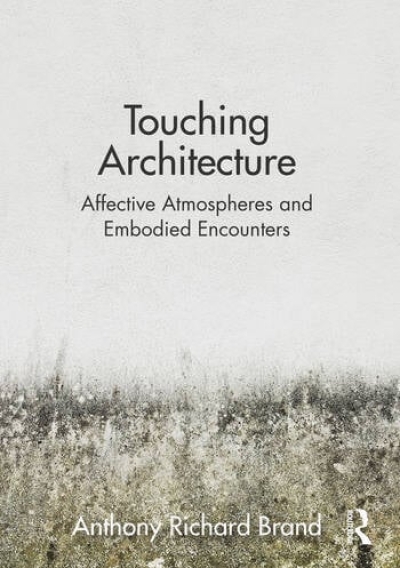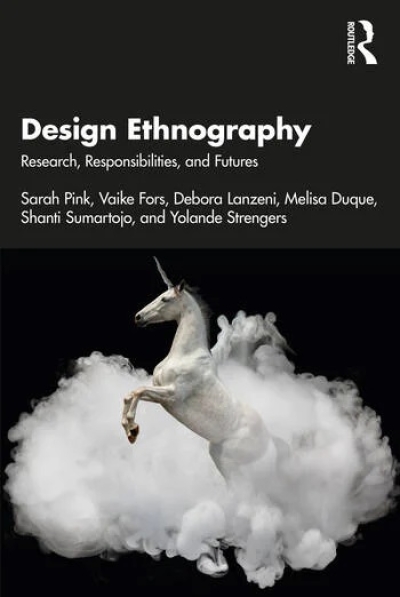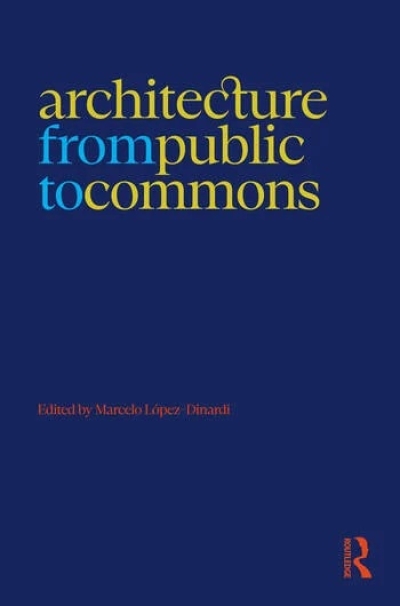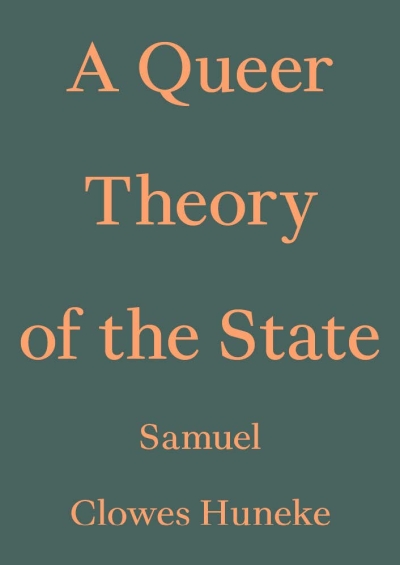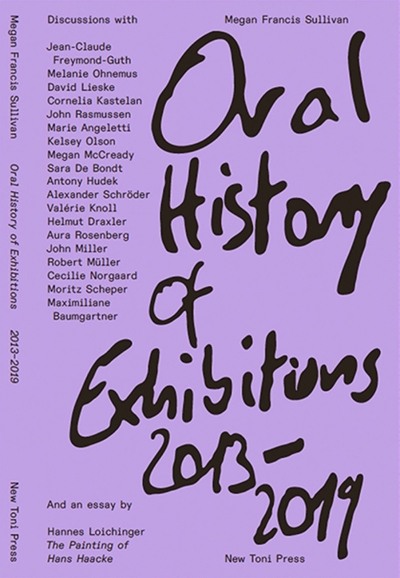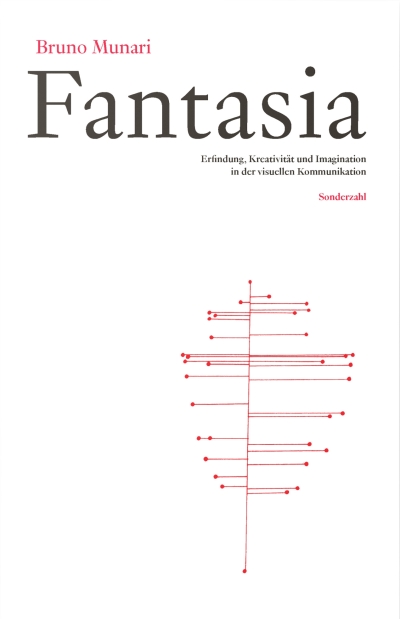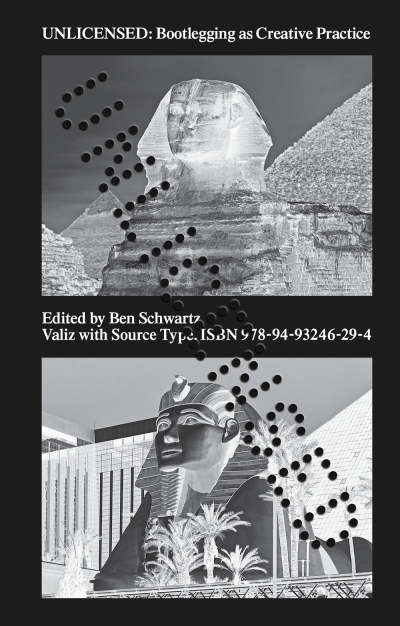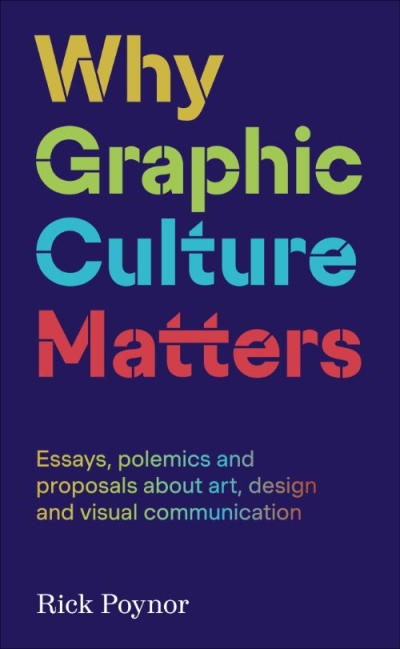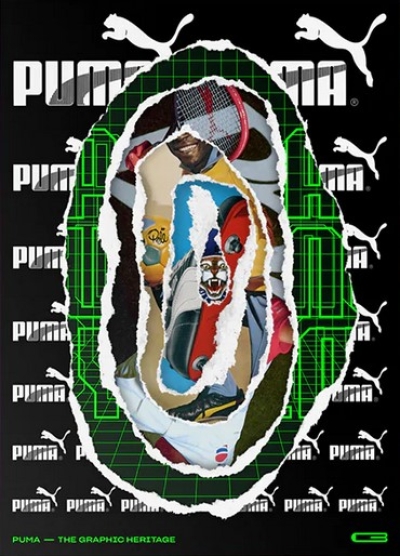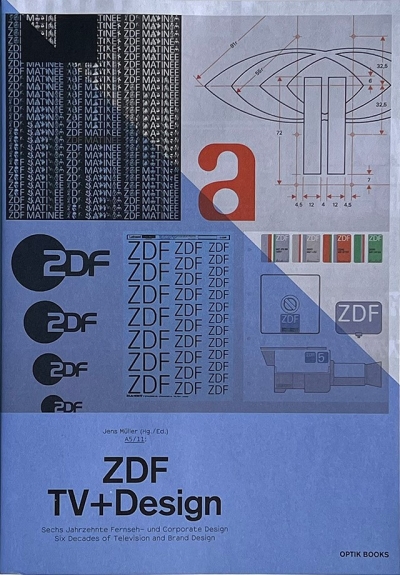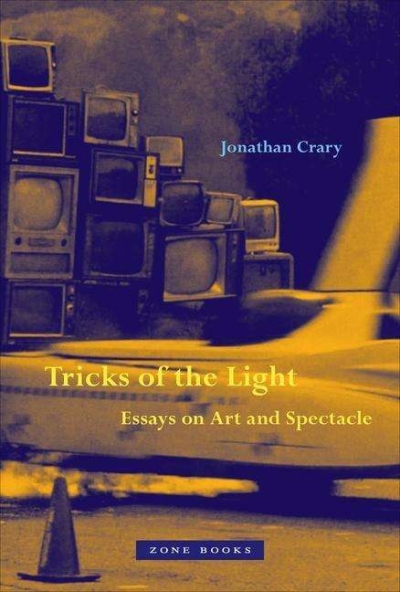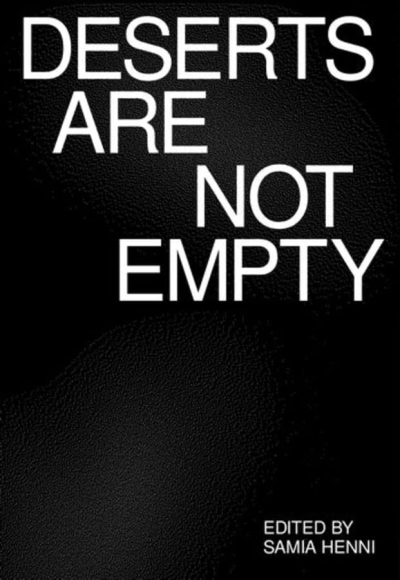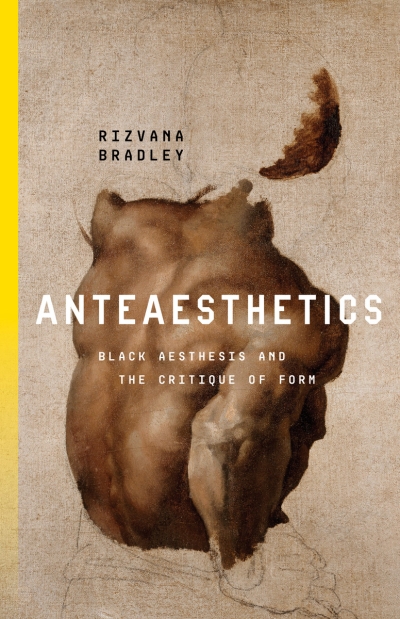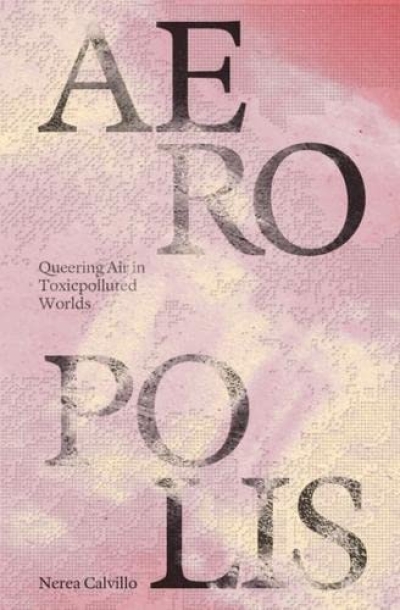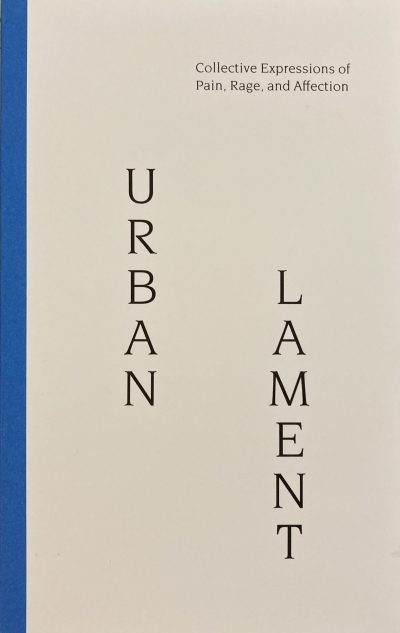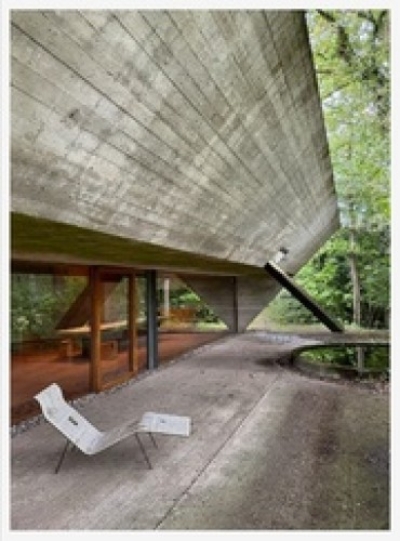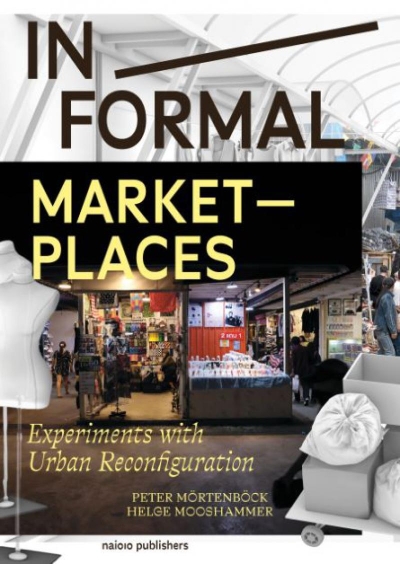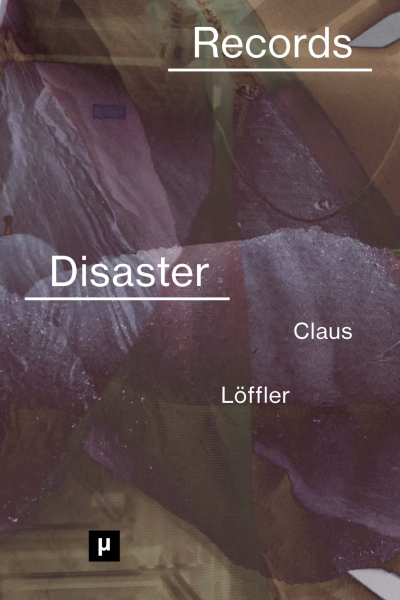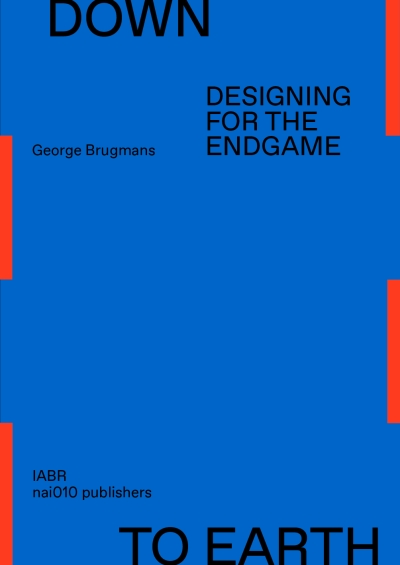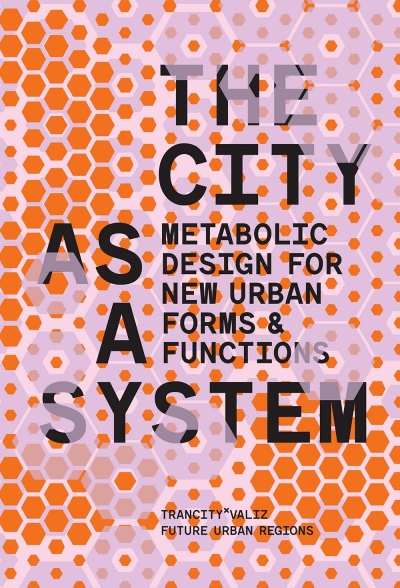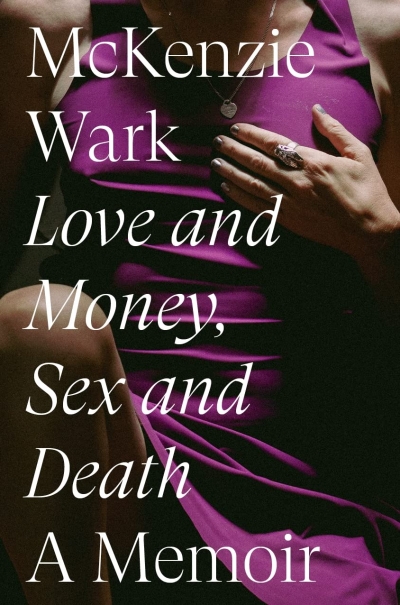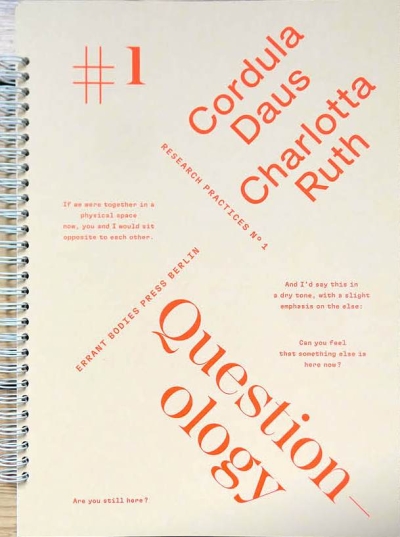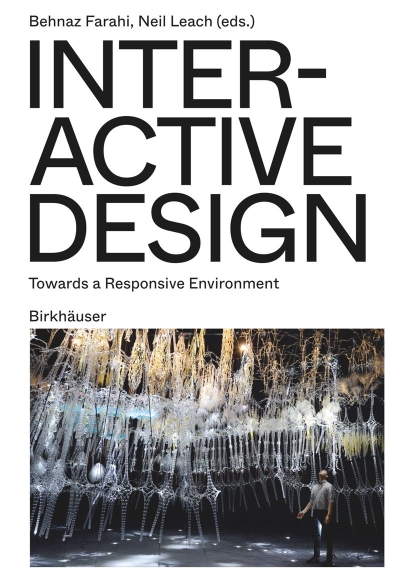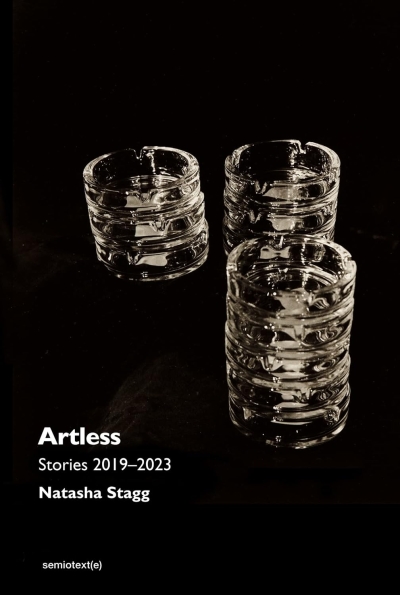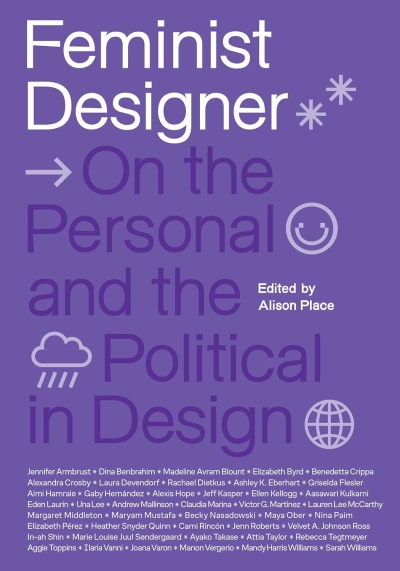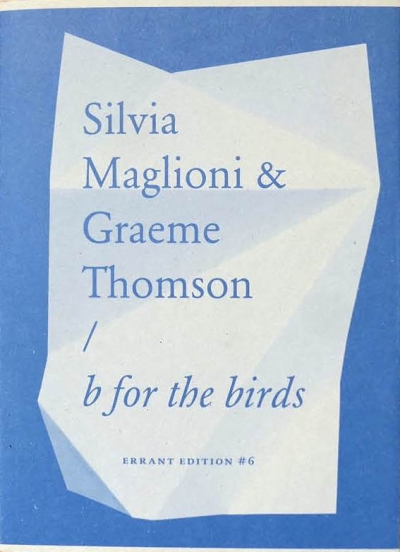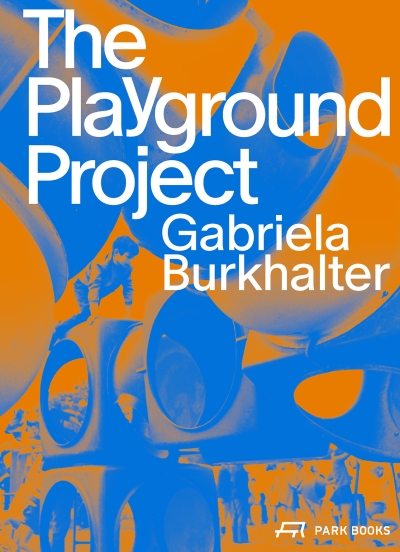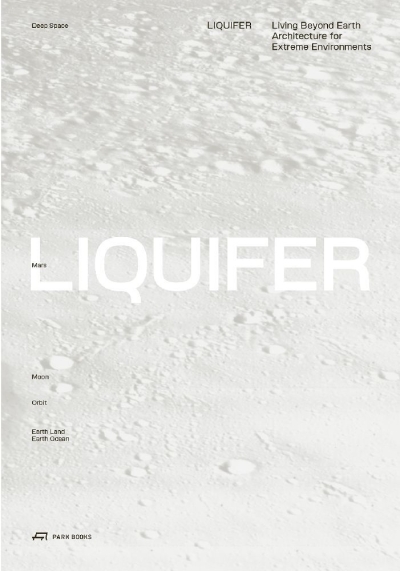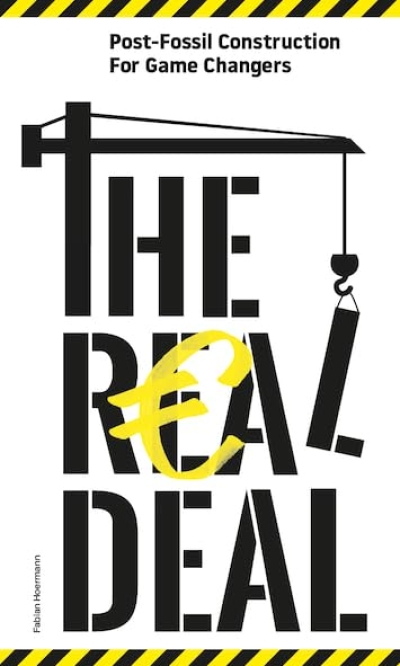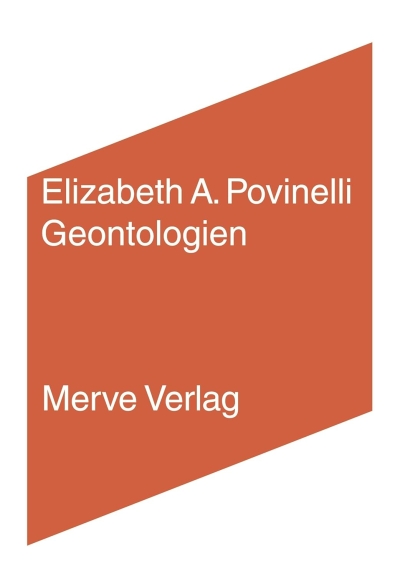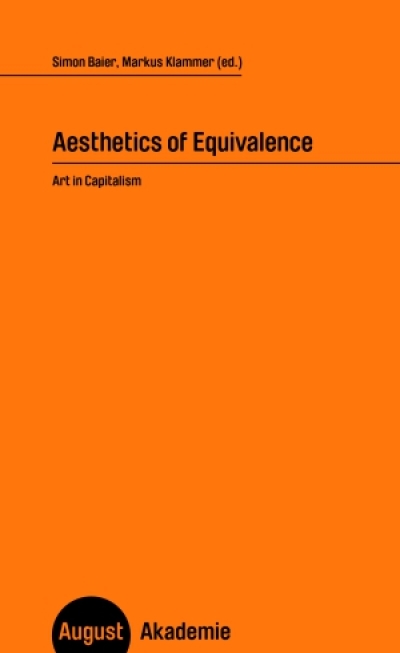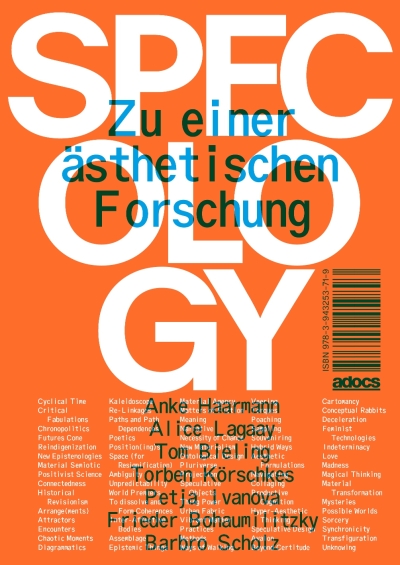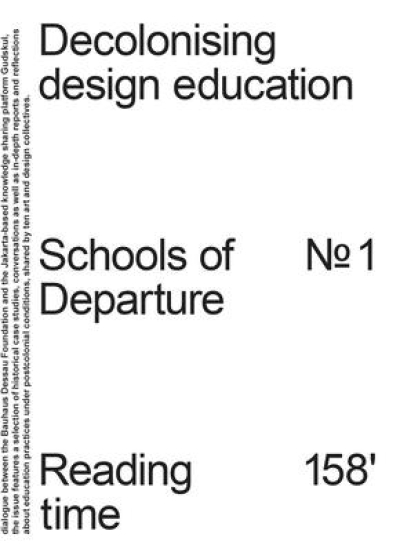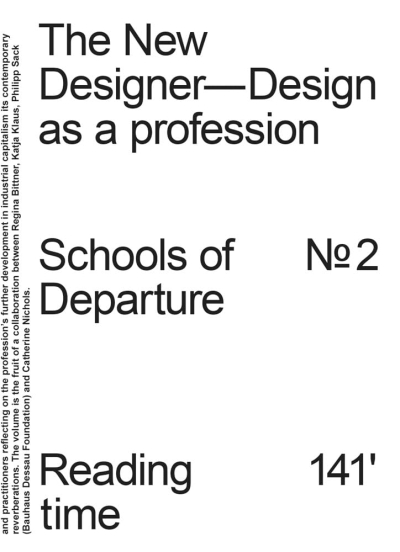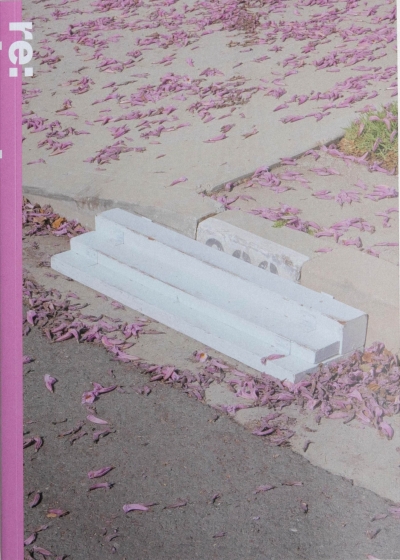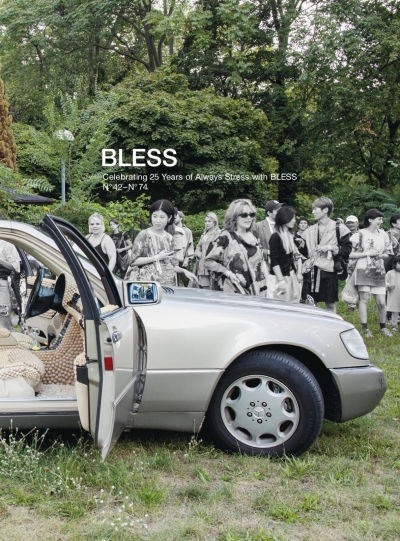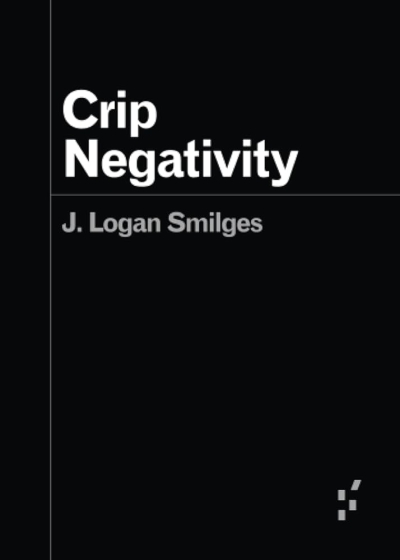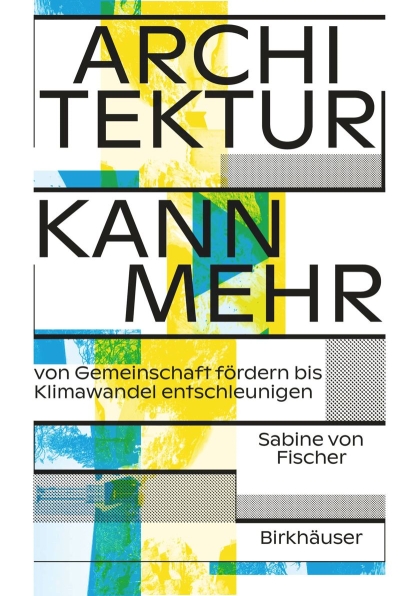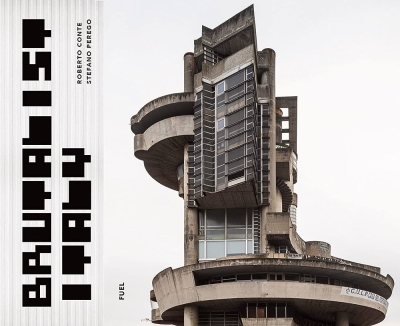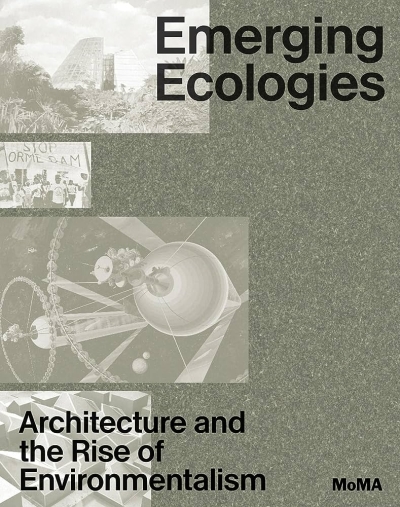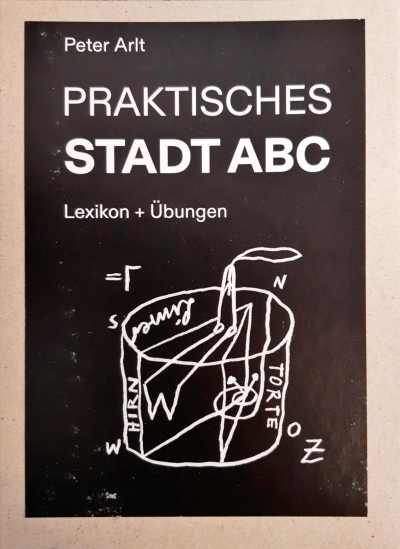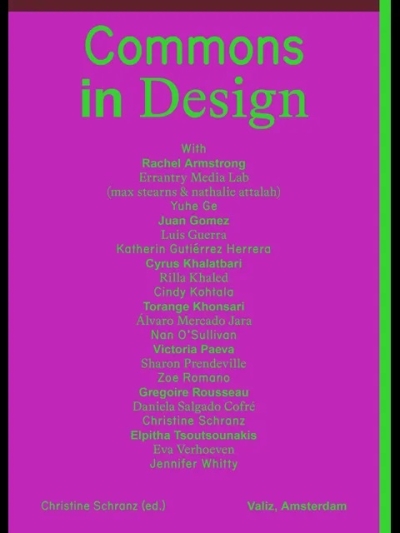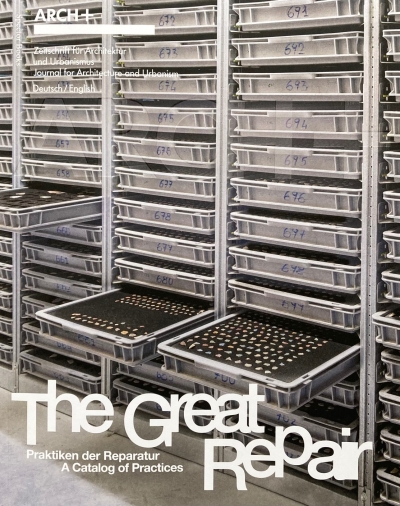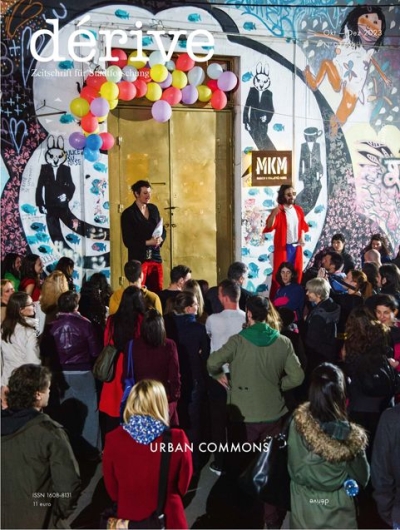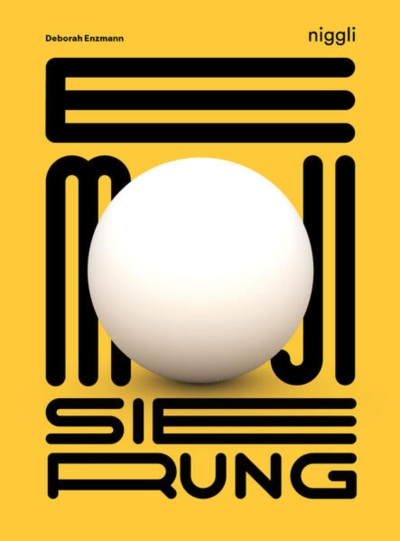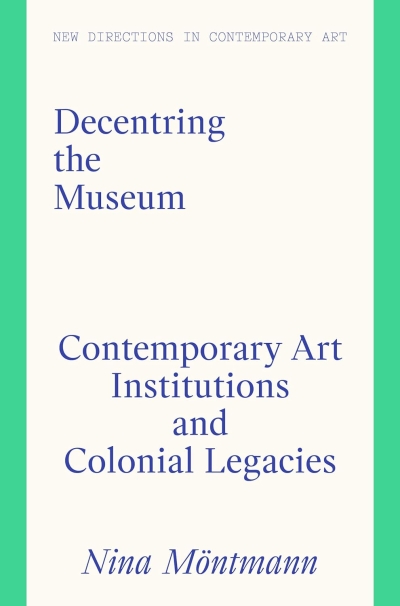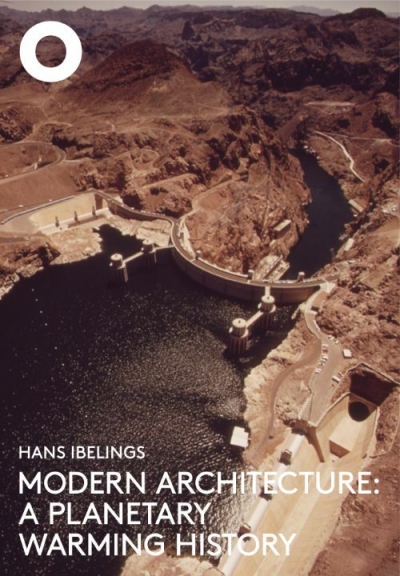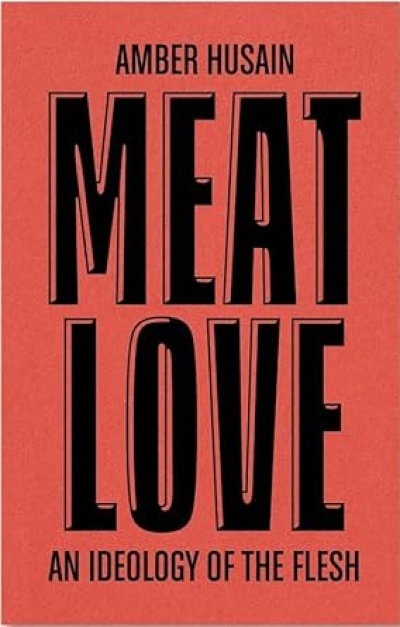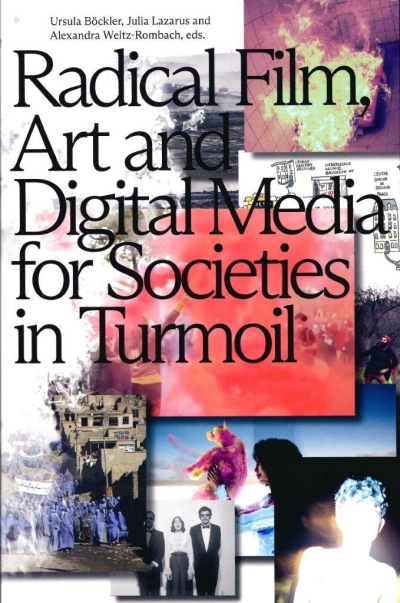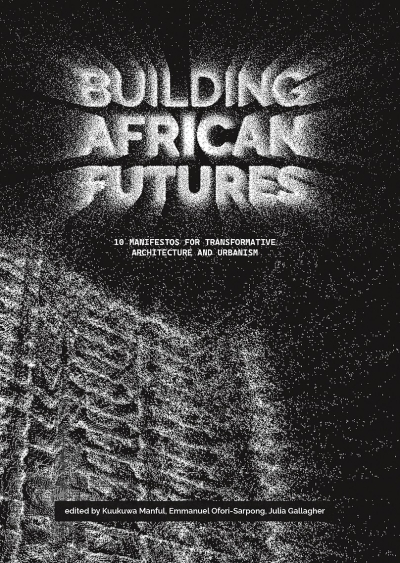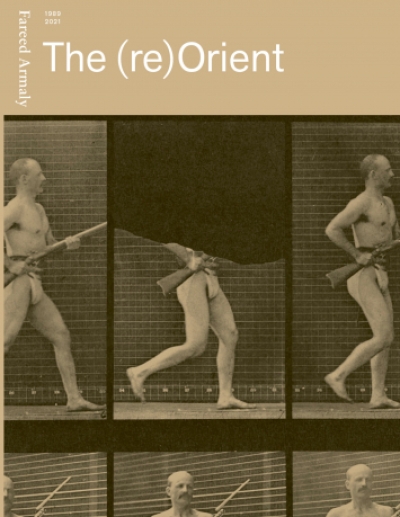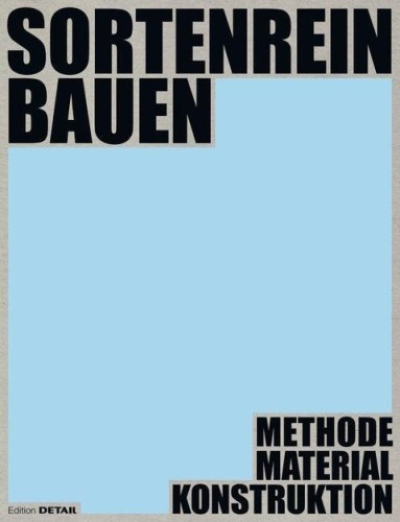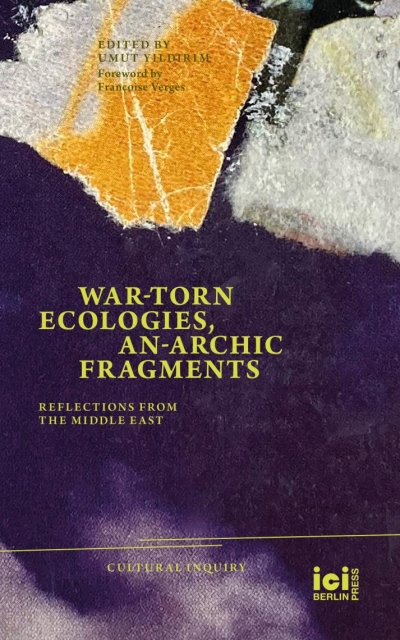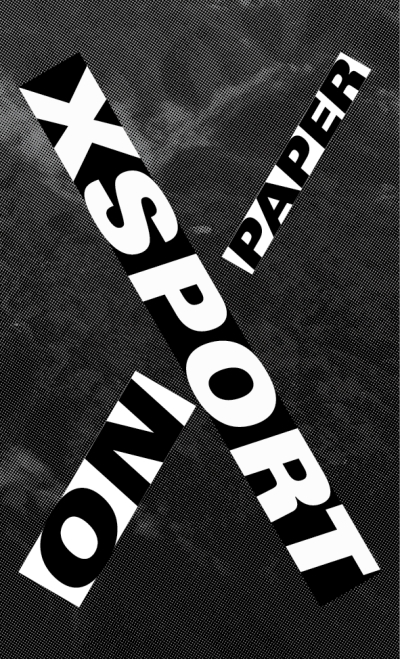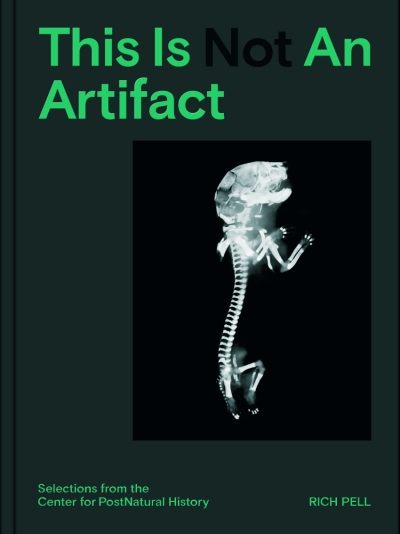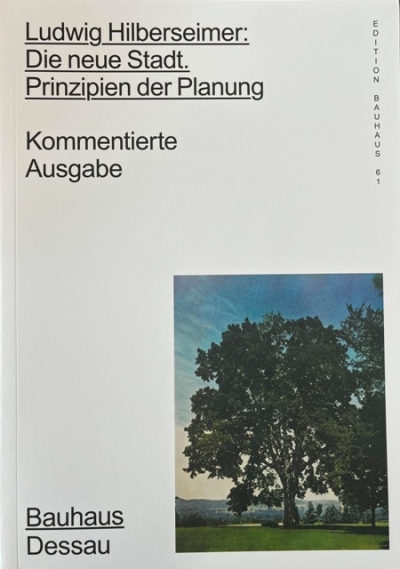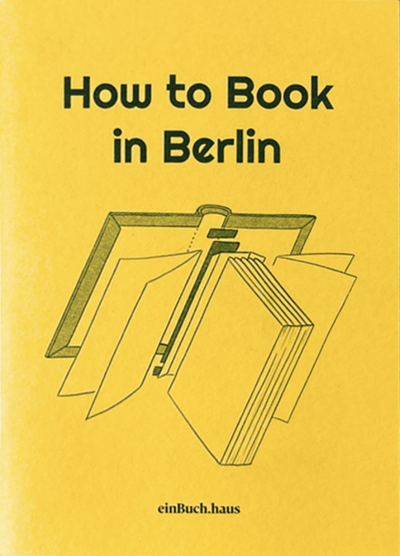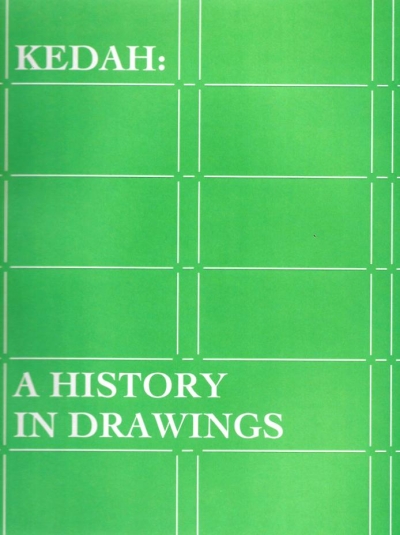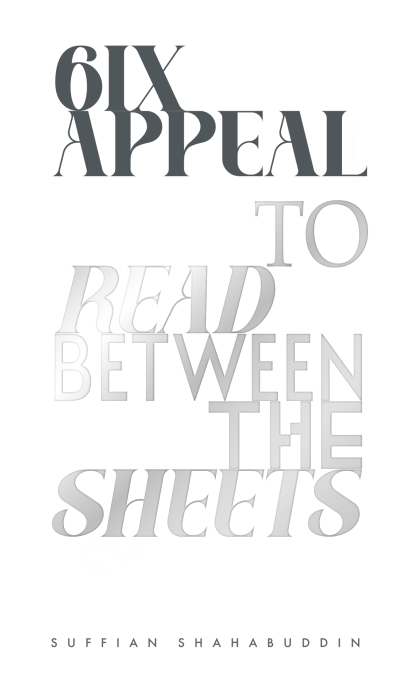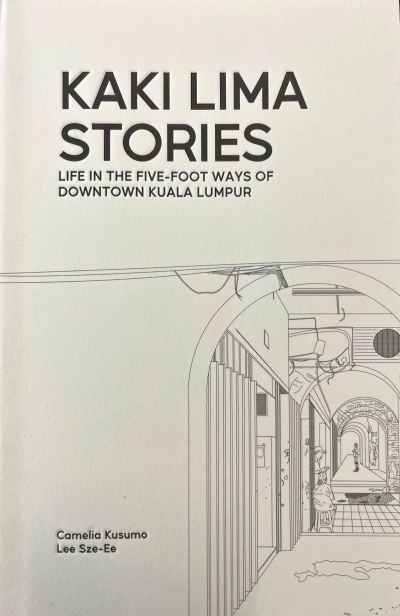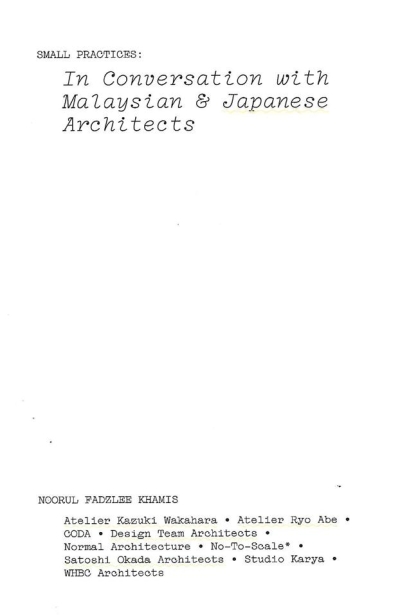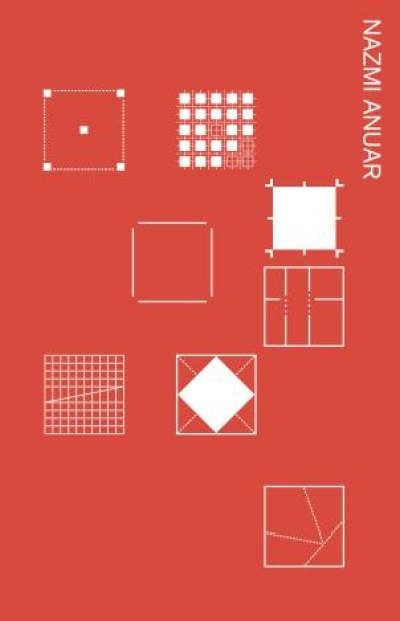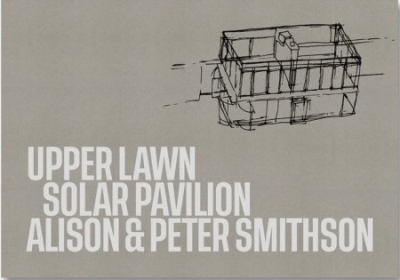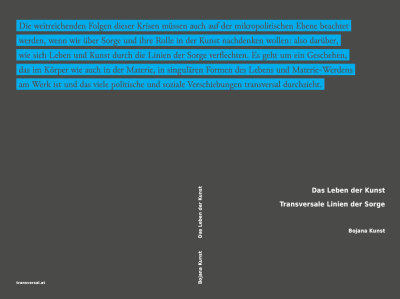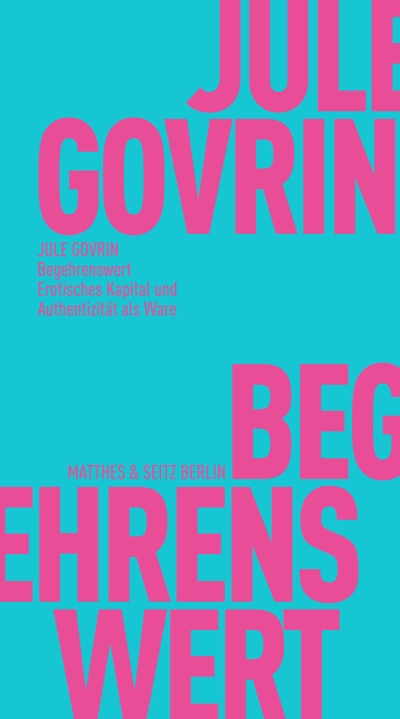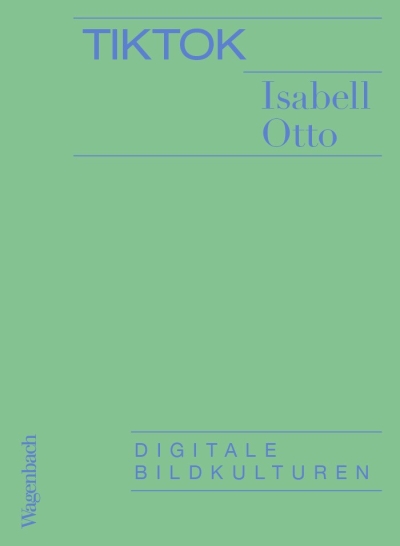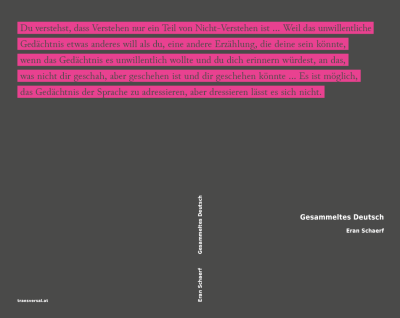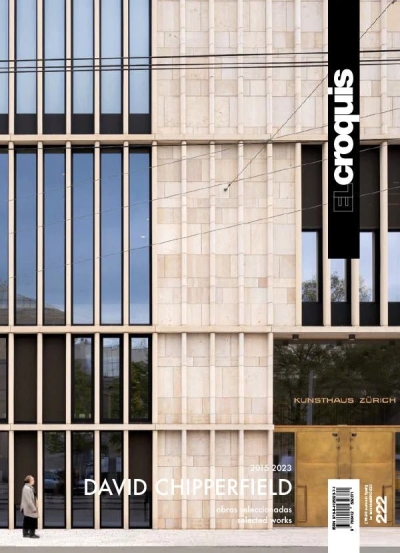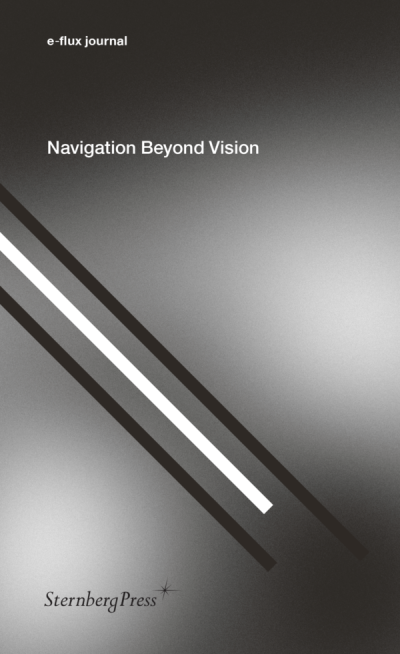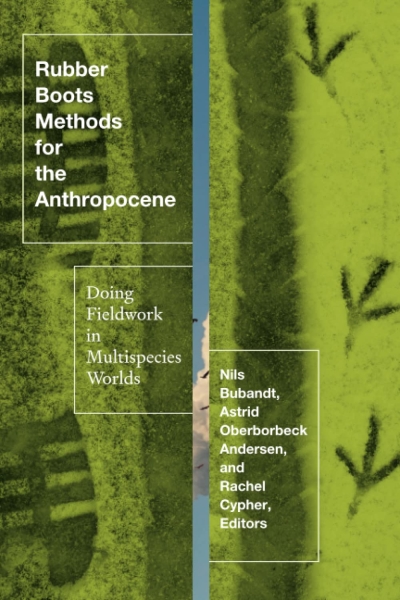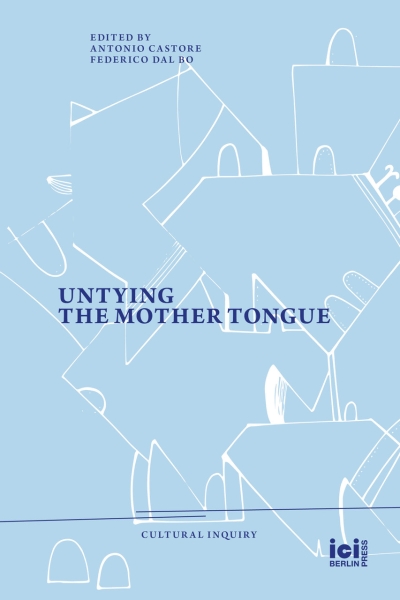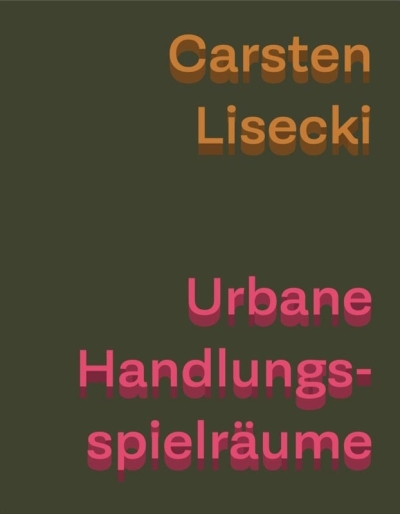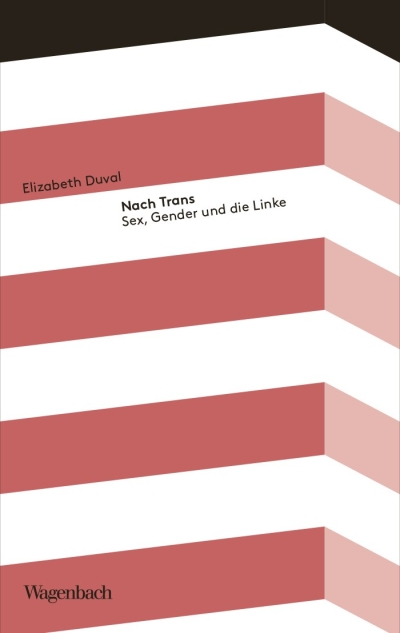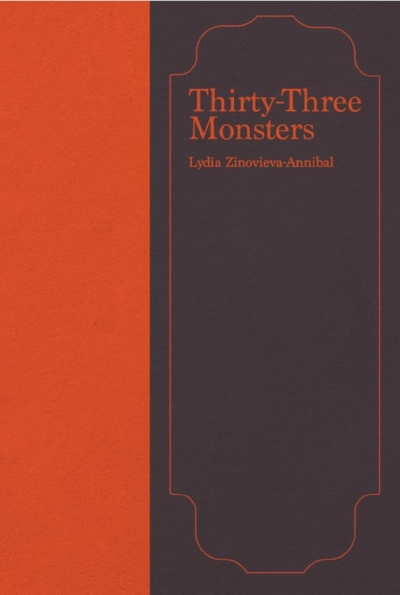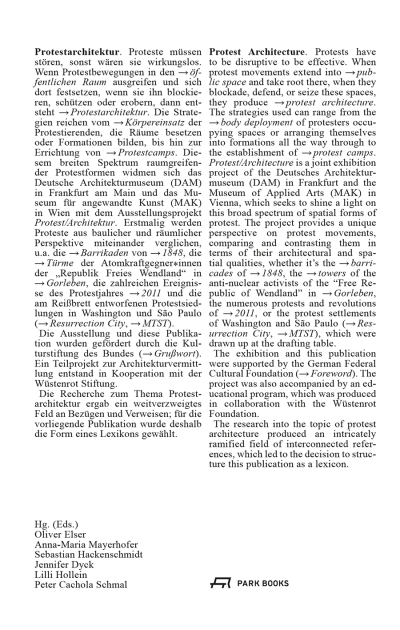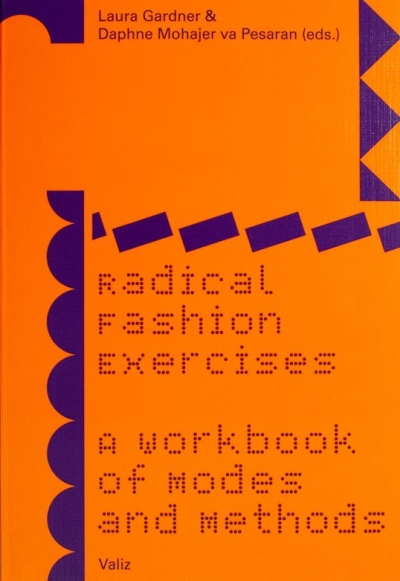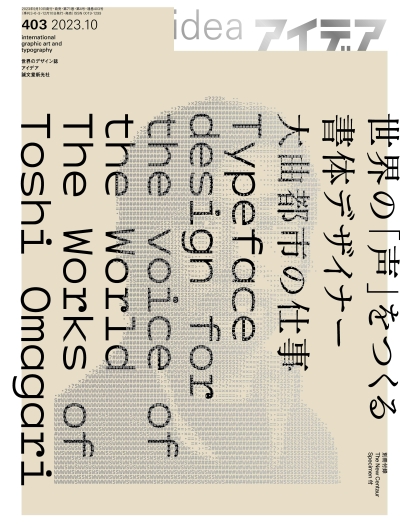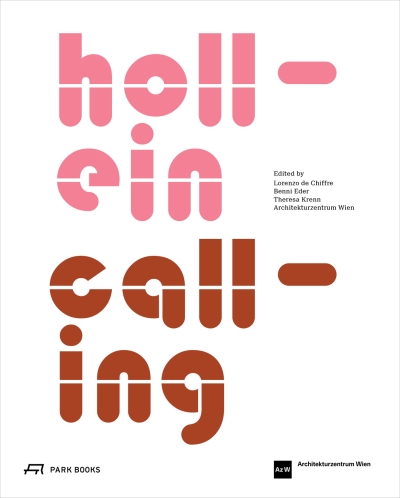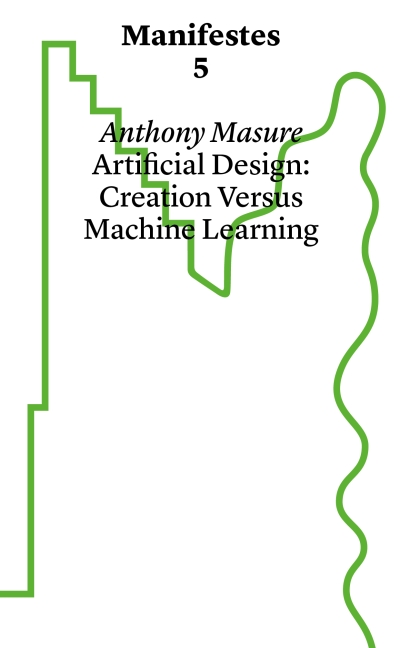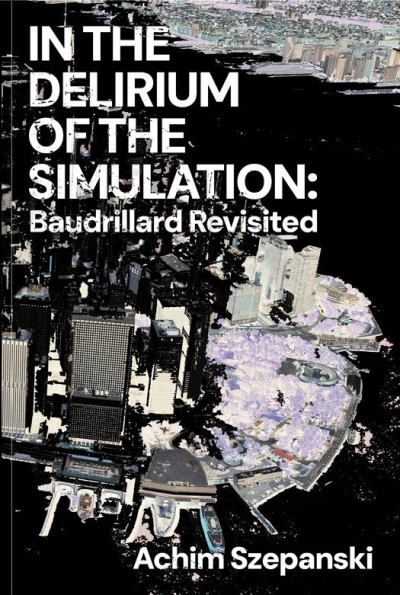
In the Delirium of the Simulation: Baudrillard Revisited by Achim Szepanski
15 years after his death, the ghost of Jean Baudrillard lingers. Beyond just a pessimistic media theorist, the hyper-realist metaphysician of media and information may have become more relevant than ever before, and many of the concepts that Baudrillard left behind have become guiding principles in an ever deteriorating situation. Much of these ideas, from the Hyperreal to Cultural Nihilism, were repopularised in the last 15 years through such books as Capitalist Realism, in which the poster child for critical theory, Mark Fisher, appeared to have left the world a message, written in blood on the inside of our shared prison cell: Baudrillard was right!
A lot of the most frightening confessions there drew primarily from Baudrillard such as the future collapsing in on itself, and all meaning and symbolism melting down into a delirious nihilism under the ever-rising heat of Capital as it establishes itself as an all-encompassing, totalising, technology-obsessed form of dominion, that thinks and acts of its own will, like an Artificial Intelligence that endlessly feeds itself data until all information has been devoured.
To say that we live in a simulation seems more true than ever, as we have less and less ability to affect anything, we reach out to influence what we see, only to realise time and time again that we are somehow cut off from the content, as if everything we know is just a projection on a wall; the horrors are real, and happening somewhere, but exist to us as holograms. We can but run our fingers through the beams of light projected on the wall, so close but so far from anything real.
We are psychiatric patients trapped in algorithmic cells, cut-off, stressed, and scared—the prophecies that caused Fisher to panic have, by this point, been completely realised. We have crossed over a threshold into a world that is both more-real than real, and yet entirely unintelligible and unintuitive, shifting wildly around and unfolding like a fever-dream. In the delirium of the simulation, nothing makes sense without knowing the codes that superficially hold everything together, and perhaps only Baudrillard figured out the code. After all, Baudrillard, with his ideas about code, the digital, quantum theory and hyperreality, seems to be one of the few who recognised early enough the true form of Capital as fictitious or speculative Capital. While his books may have once read like speculative, cynical horror-fictions about what could go wrong if Capital became an all-encompassing and nihilistic tyrant, now that this has come true, perhaps it is time to consult his ghost. It is time to admit that the worst case scenario has become real, and that the raving-mad cynic on the side of French Theory may have been talking the most sense, after all.
This book is an incredible serious diagnosis of the current form of capital, a profound excavation and presentation of the most important and helpful ideas that Baudrillard published: from the unravelling of western philosophy, to a redefining of marxist theories of economics and capital, to a shift in critical theory that complies with quantum theory.
